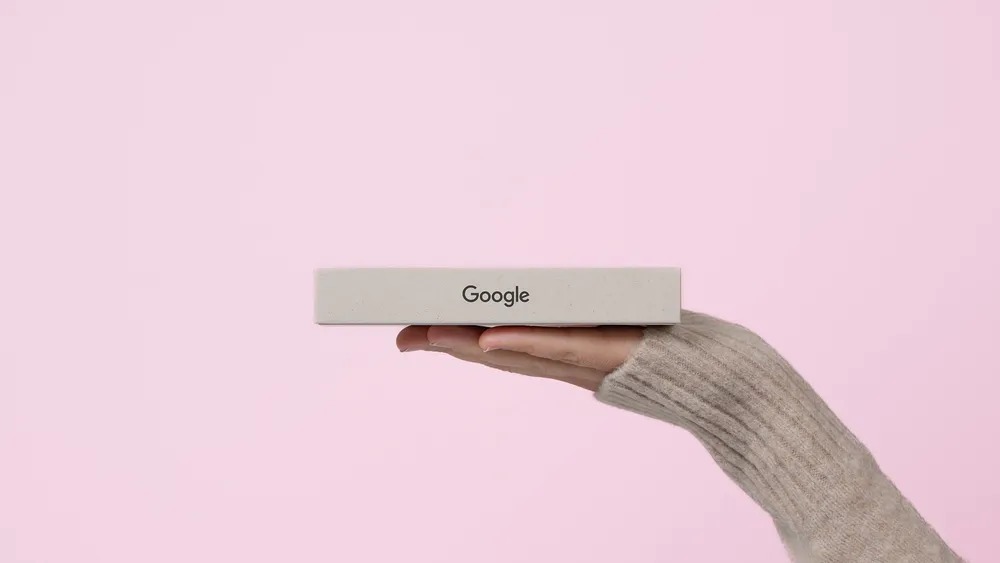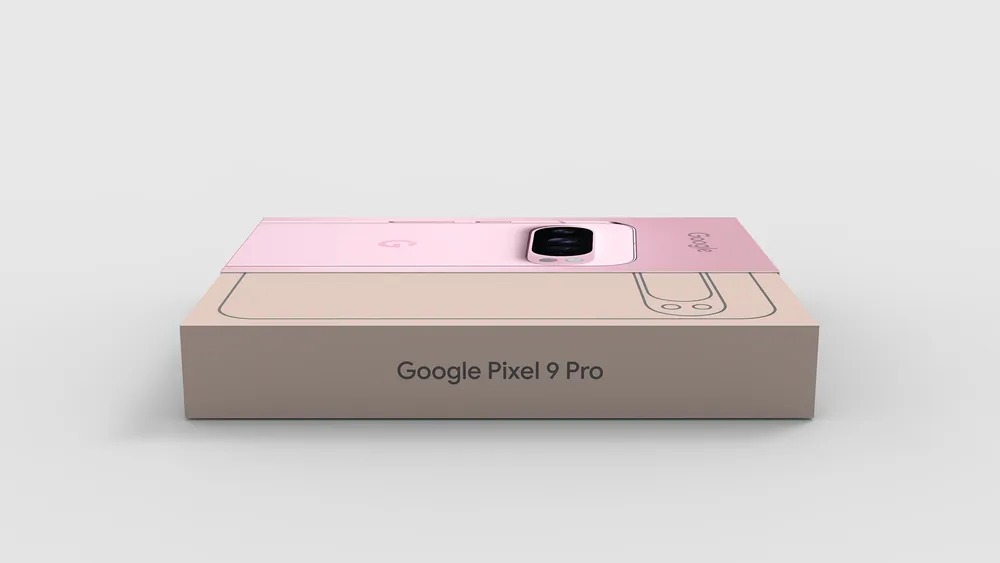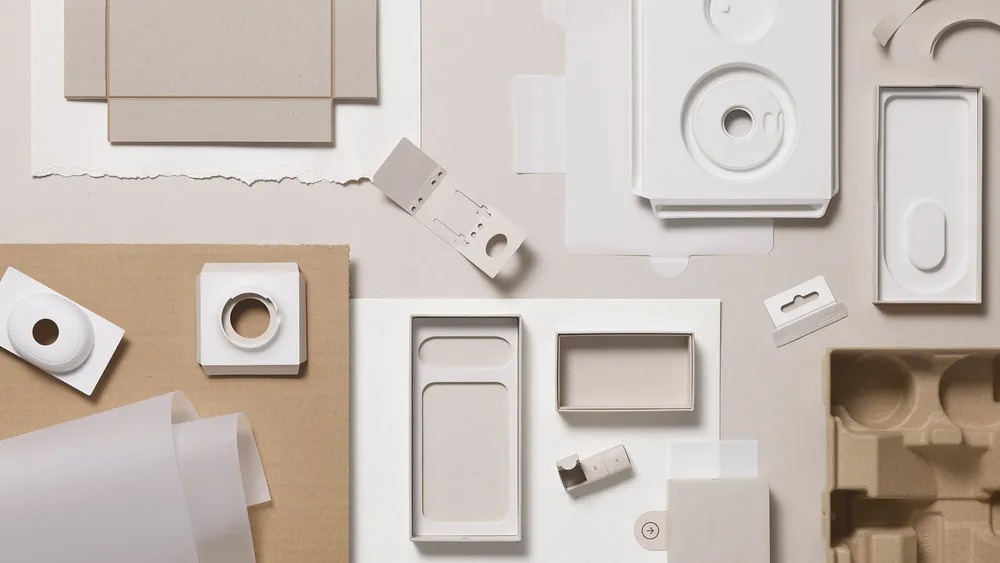Pixel, Nest and Fitbit’s new packaging design is lighter and easier to recycle with innovative and clearly recyclable materials.
Back in October 2020, we pledged to make our hardware packaging plastic-free by 2025. At the time, our packaging was already 94% plastic-free, but those last few pieces of plastic were the trickiest parts to replace. From shrink wrap and plastic tape to labels and more, we researched, prototyped and developed fiber-based alternatives to replace those final plastic components.
Today, our new packaging for all Pixel, Fitbit and Nest devices is 100% plastic free. Not only did we reach our goal early, but we also set a new design standard along the way: beautiful packaging that’s easy to recycle.

New materials keep packaging plastic free — from corner to corner
We’ve worked closely with suppliers to reimagine every aspect of our packaging — from the box structures to the materials.

Our packaging is now made with a new paper1 that is three times stronger and approximately 70 percent more stretchable than our previous paper. This entirely new recipe for paper — developed in partnership with our material supplier — makes our packaging even lighter, decreasing its carbon footprint in transport.2 Inside the box, our new molded fiber pulp formula — which helps keep your device safe — is made in part from recycled newspaper. And its speckled look perfectly complements the new paper.
Even how you open the box has changed with a new peelable closure label. It secures the box and everything in it, making it easy to see if it’s been tampered with. When removed, the labels don’t leave any rough or torn edges.

Packaging that not only looks beautiful, but is recyclable
These new materials were developed to make recycling easier for you. Internal research showed that the look and feel of packaging influences whether consumers recycle it, and whether recycling centers accept it. Our new design embodies this insight with a visually speckled texture and an uncoated surface that not only looks great, but also looks recyclable.

Design guidelines to help make progress together
Organizations are increasingly seeking ways to reduce their packaging waste footprint. That’s why we’ve updated our Plastic-Free Packaging Design Guide with design, engineering and operational insights from our new packaging design to help other companies create more sustainable packaging and inspire them to share their innovations, too. After all, innovation in sustainability should be collaborative, not competitive. We hope other companies will share their insights, amplify their impact, and ultimately help bring about the change we collectively need.



